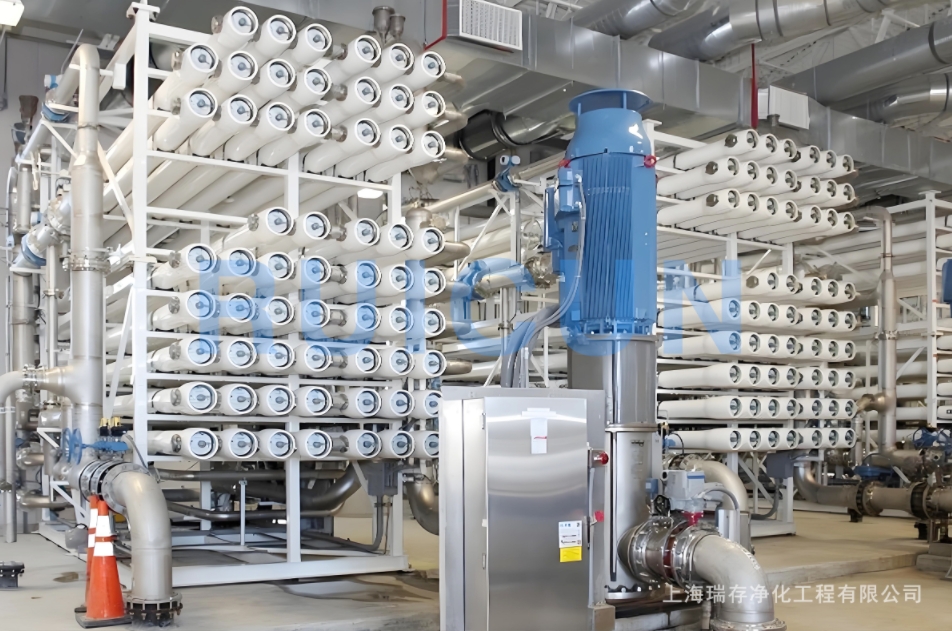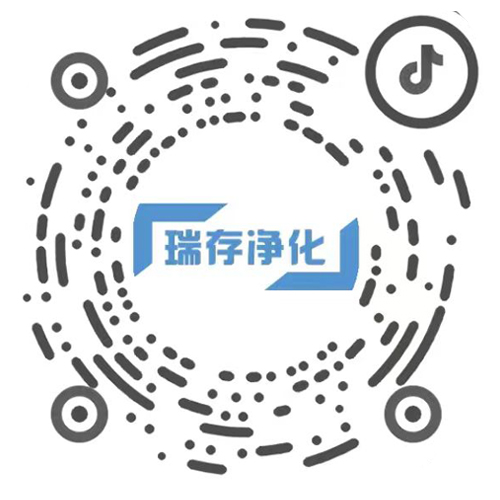News Center
Water treatment: Reverse osmosis (RO) concentrated water reuse
2024/4/8
Whether it is pure water preparation or industrial wastewater reuse, while using reverse osmosis (RO) technology, it is bound to produce a certain proportion of concentrated water. Because of the working principle of reverse osmosis, the concentrated water in this part often has the characteristics of high salinity, high silica, high organic matter, high hardness and so on. In view of such characteristics, we often need to choose some measures for concentrated water according to the specific situation, in order to avoid wasting water resources and obtain the purpose of reducing cost and increasing efficiency.
Main reasons: raw water quality is good, concentrated water indicators can meet the discharge standards; The flow rate is small and does not have the economic value of secondary pretreatment utilization (compared with the price of raw water)
Note: In some cases, concentrated water can be mixed with raw water of better quality (reducing the concentration of specific indicators) to meet the tertiary discharge standards. The system can also reduce the concentration of concentrated water by reducing the recovery rate.
2, recycling (partial collection and treatment) : common in above medium equipment or projects, system recovery requirements are high, concentrated water after pretreatment or ROR device, into the main system, recycling, improve the overall recovery rate. A certain proportion of concentrated water (including all ultra-concentrated water) is collected and treated, and cannot be directly discharged.
Main reasons: the system recovery rate is high, one-way recovery rate can not meet the overall recovery requirements; Environmental protection requirements are high, requiring a high proportion of water resources. The recycling of concentrated water increases the concentration of salt and other indicators indefinitely, and stable concentrated water (super concentrated water) needs to be discharged regularly to achieve stable operation of the system. The indicators of this part of concentrated water often exceed the three-level discharge standards and need to be collected and treated.
Concentrated water pretreatment: According to the four characteristics of concentrated water, combined with the actual situation, mechanical filtration, softening and other measures are carried out, so that the pre-treated concentrated water can basically meet the water quality standards of raw water, enter the original tank (pool), and be reused.
ROR device: After proper pretreatment of concentrated water, additional RO device is used for a treatment, and the purified water generated (which may not meet the water quality standard of pure water) enters the original tank for reuse. The super concentrated water generated by the ROR device cannot be discharged directly and needs to be collected and treated.

Second, the common concentrated water treatment method of industrial wastewater reuse:
1, direct collection and treatment (including outsourcing treatment) : it is common in the case of small wastewater treatment volume, small concentrated water output or low treatment unit price.The main reason: the concentrated water produced by the RO device has higher indicators than the concentrated water prepared by pure water, which needs to be further integrated collection and treatment, or entrusted with qualified units for treatment. However, compared to further concentration (such as MVR evaporation) or crystallization processes, equipment costs and comprehensive operating costs are lower.
2, concentration treatment: commonly seen in high concentrated water production and high environmental requirements. DTRO units can be directly followed by conventional RO units, and cryogenic evaporators and MVR evaporators can treat industrial wastewater directly without passing through RO units.
The main reason: further compression of concentrated water production through DTRO devices or evaporators, etc., to prepare for the next step of crystallization or zero discharge.
Note: When MVR treats industrial wastewater, the recovery ratio has a high correlation with the salt content, COD and other indicators of the raw water in the wastewater. Whether to first treat by UF,RO and other devices needs to be selected according to the actual situation.
3, crystallization (liquid zero emission) : commonly seen in the requirements of liquid zero emission (enterprise or local requirements), the common crystallization equipment is multi-effect evaporator (including single-effect evaporator), MVR evaporation crystallization system
The main reason: from the cost point of view, the initial investment and operation cost of crystallization equipment are increased, but the treatment cost of high-concentration wastewater is also reduced. From a policy point of view, zero emissions is the general trend, the evening is not as good as the morning, and the morning is rewarded.
Compared with the concentrated water prepared by pure water, the utilization of concentrated water can be considered from the single Angle of comprehensive recovery rate. In the process of wastewater treatment, concentrated water treatment needs to simultaneously take into account the economic benefits brought by water resources reuse and reduce the comprehensive cost of concentrated water treatment to a minimum extent, and the latter is often the focus of enterprises.
Low temperature evaporator: low temperature vacuum treatment, small processing capacity, generally 200L/H-- 3000L/H processing capacity. Common cleaning agent, electroplating wastewater, cutting fluid wastewater and other mechanical processing waste liquid, the general working temperature is about 30℃.
MVR evaporator: The combination of low temperature and low pressure evaporation technology, moderate processing capacity, general processing capacity above 0.5T/H. Common in chemical, food, paper, medicine, seawater desalination and other fields, the general working temperature of 70-90℃.
Multi-effect evaporator: Traditional high-temperature evaporator, through the multiple utilization of steam to improve the comprehensive utilization efficiency of energy, with evaporator and condenser two parts, the system is stable, high energy consumption, need to be equipped with steam system (there is a separate steam generator equipment).
Outsourcing treatment: The wastewater composition is different, the region is different, the treatment cost is different, and the unit price per ton ranges from hundreds to thousands.
Through the comprehensive selection of the above methods, use alone or in combination to achieve the purpose of reducing cost and increasing efficiency.






